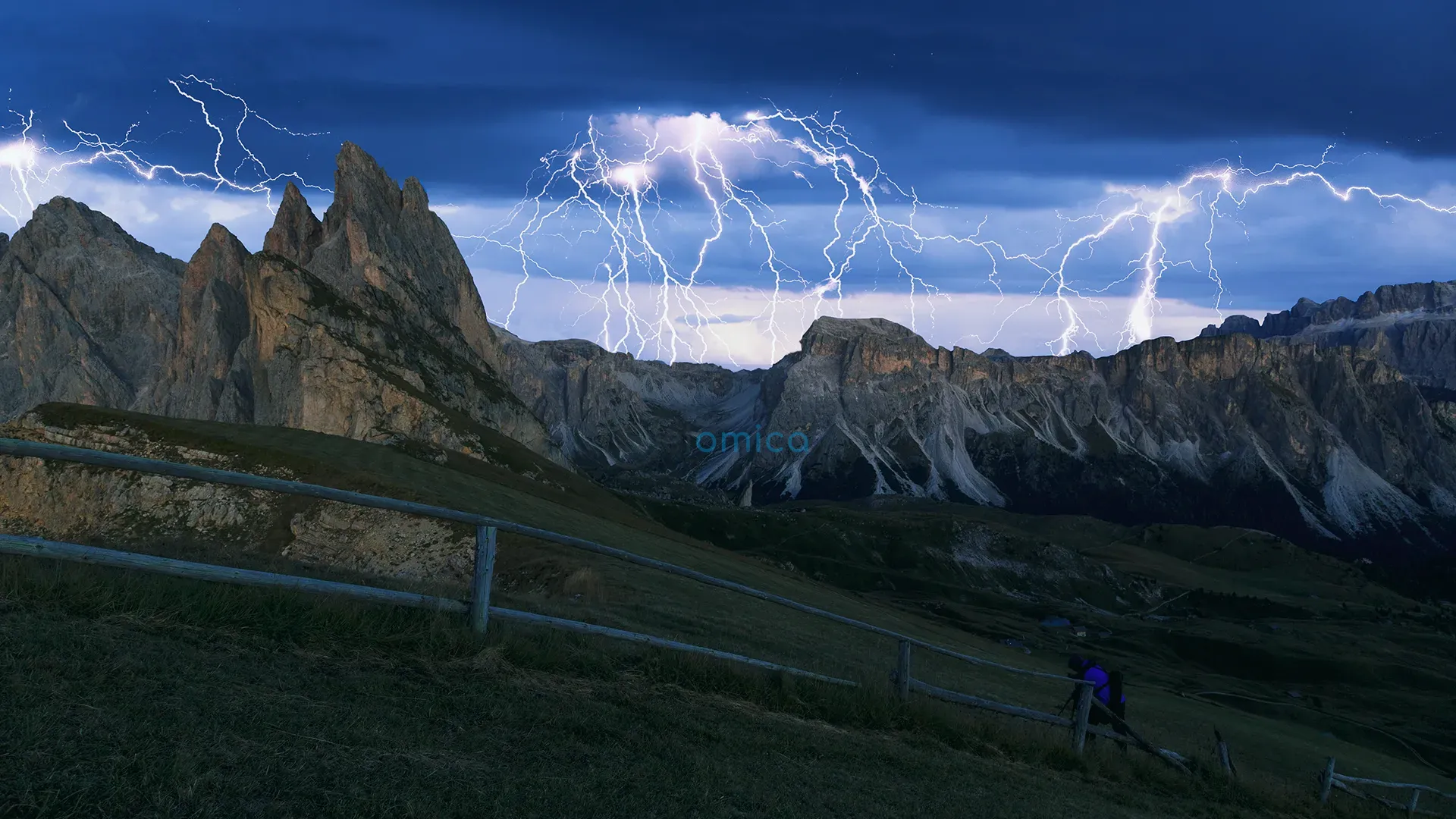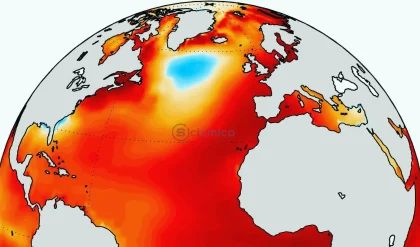
As global temperatures continue to rise, Alpine regions can anticipate a notable increase in the frequency and intensity of intense, short-lived summer downpours. A recent study conducted by researchers from the University of Lausanne (UNIL) and the University of Padova has revealed alarming findings; they analyzed nearly 300 mountain weather stations across Europe and concluded that a 2°C increase in regional temperatures could potentially double the occurrence of these extreme rain events.
This trend is illustrated by an incident in June 2018, when Lausanne, Switzerland, experienced a sudden downpour that dropped 41 millimeters of rain in just 10 minutes. The resulting flooding caused an estimated 32 million Swiss Francs in damages. Although such severe weather events are still rare in Switzerland, the implications of climate change suggest that they may soon become more commonplace, especially in the Alpine region, where temperatures are rising at a faster rate than the global average. The science is clear: warmer air can hold approximately 7% more moisture per degree, which intensifies thunderstorms and associated rainfall.
In the study, published in the journal npj Climate and Atmospheric Science, scientists focused on the consequences of this predicted warming. Their research highlights that a storm which may currently occur once every 50 years could, with a temperature increase of 2°C, be expected to happen every 25 years. To reach these conclusions, researchers reviewed records of rainfall events lasting from 10 minutes to one hour between 1991 and 2020. They examined the associated temperatures to create a statistical model linking temperature to rainfall frequency, which can then simulate future precipitation patterns using regional climate projections.
Nadav Peleg, a researcher at UNIL and the study’s lead author, expressed concerns about the implications of a 1°C rise, stating, “This would already be highly problematic.” He emphasized that such rapid influxes of water prevent soil absorption, leading to flash floods and debris flows that can damage infrastructure and endanger lives. The urgent need for understanding how these extreme weather events may evolve due to climate change is paramount for devising appropriate adaptation strategies, especially in terms of urban drainage infrastructure.
Francesco Marra, a researcher from UNIPD and a co-author of the study, echoed these worries, stressing that an increase of 1°C is not a distant hypothetical but rather a likely reality in the coming decades. He noted the observable trend of intensifying summer storms and warned that this pattern is expected to worsen as climate change progresses.
In summary, the findings from this research underscore the critical need to assess and prepare for the increasing risks associated with extreme rainfall events in the Alpine regions. As climate change continues to impact weather patterns, proactive measures are essential to mitigate potential damage and protect communities.
Reference:
- Nadav Peleg, Marika Koukoula, Francesco Marra. A 2°C warming can double the frequency of extreme summer downpours in the Alps. npj Climate and Atmospheric Science, 2025; 8 (1) DOI: 10.1038/s41612-025-01081-1






